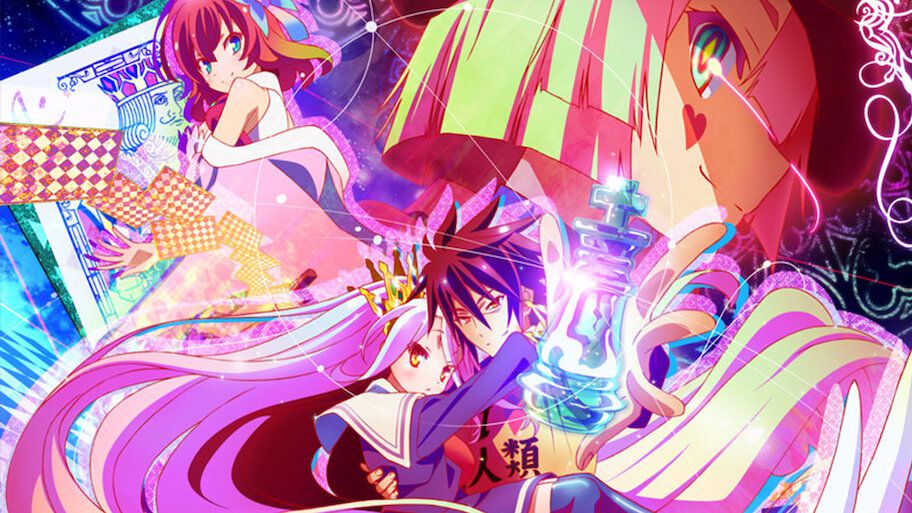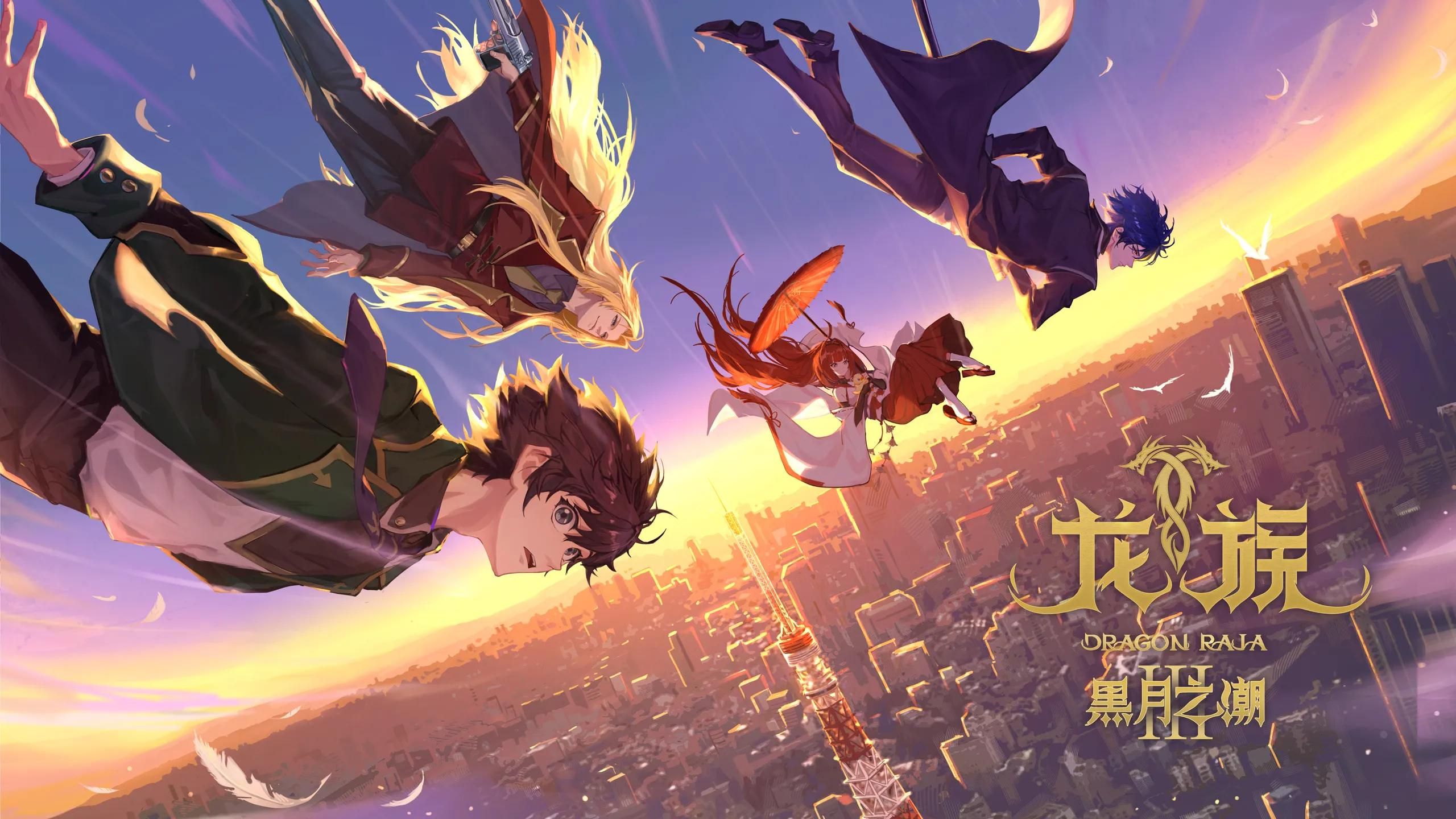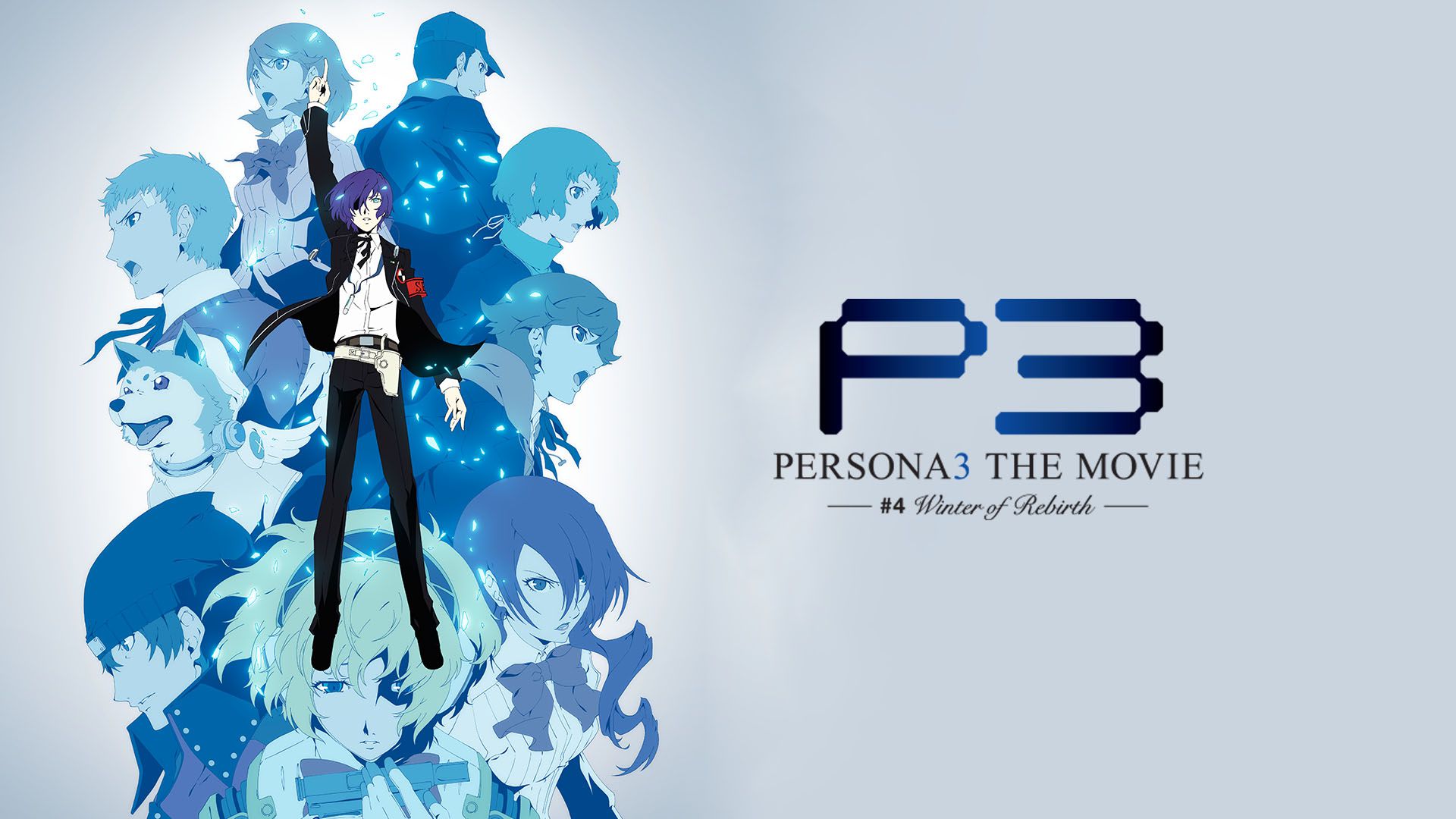Every seasoned anime enthusiast understands the thrill of introducing newcomers to hidden gems or underappreciated titles. It’s rewarding to guide fans beyond the mainstream, showcasing the sheer variety and depth of animation. However, the diverse nature of the medium means that some genuinely fantastic series are packaged with elements that can make the recommender seem—for lack of a better word—a little bit creepy.
Contrary to common belief, anime isn’t just about thrilling action or slapstick comedy. Many series explore themes or rely on fan service elements that can be off-putting or frankly uncomfortable for certain audiences. Even when a show is critically acclaimed for its narrative, animation, or character depth, fans must tread carefully to avoid a major social faux pas. Here is a list of 10 Great Anime You Can’t Recommend Without Looking Like a Creep.
1. Kill La Kill Does The Most With Its Bikini Armor
Studio Trigger’s debut series, Kill la Kill, remains one of their absolute best. It follows the fiercely determined high schooler Ryuko Matoi on her quest to avenge her father’s murder. Brimming with over-the-top action, stellar animation, and excellent character development, this series is highly rewarding. Veterans will particularly enjoy the series’ stylistic references to classic ’70s and ’80s anime.
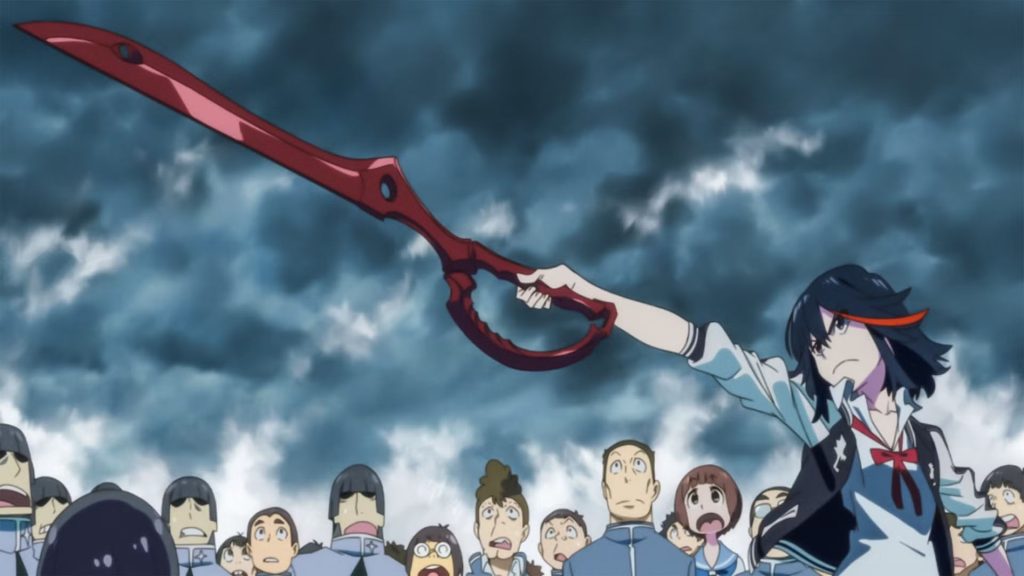
However, the entire concept centers around protagonists wearing battle armors that barely cover them—literally just a slight step up from a bikini—which get progressively more damaged and revealing as the battles escalate. While experienced viewers understand this is part of Trigger’s signature, high-energy aesthetic, the extreme and constant level of fan service makes a recommendation a tricky proposition.
- Key Features/Benefits:
- Incredible animation and fast-paced fight choreography.
- Sharp writing and strong character arcs.
- Unique, bombastic visual style.
2. Keijo!!!!!!!! Features Fanservice In Its Very Premise
For many who give it a chance, Keijo!!!!!!!! is as ridiculous as it is enjoyable. It attempts to capture the strategic tension of a classic sports anime but applies it to an utterly unique and bizarre sport: knocking opponents off a floating platform and into the water using only one’s buttocks or bosoms.
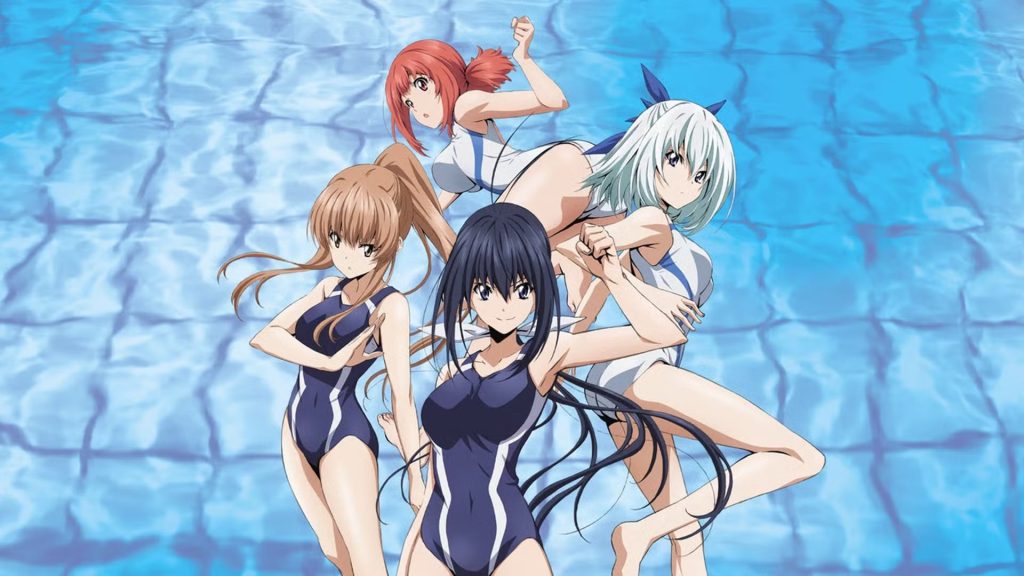
The core issue is glaringly obvious from the start, as the fanservice is not a subplot but the entire foundation of the sport itself. Yet, the show’s intense commitment to its ludicrous premise is what makes it so fun. Characters treat the sport with dead seriousness, complete with shouting special techniques like the “Steel Lance Ass Attack” or the “Bust To Bust Attack.” The series knows exactly what it is, and for those who look past the surface, it’s a surprisingly engaging sports comedy.
- Key Features/Benefits:
- Surprisingly effective sports anime tropes and tension.
- Over-the-top, hilarious execution of a bizarre premise.
- Energetic animation style.
3. High School DxD Features Great Fights, But Is Still A Harem
Dating back to the battle harem boom of the late 2000s and early 2010s, High School DxD is arguably one of the most enduringly popular examples of the genre, running for multiple successful seasons. The series captivates immediately, starting with protagonist Issei Hyoudou being killed by a Fallen Angel and resurrected as a Devil serving Rias Gremory.

While it delivers everything expected from a battle harem, including memorable fight scenes and a well-developed power system, the series is also unapologetically a harem. Issei’s explicit goal is to become a “Harem King,” and unlike many passive harem leads, he is overtly eager to accept the affections of the women around him. The constant focus on the harem element overshadows the solid action, making it difficult to suggest without judgment.
- Key Features/Benefits:
- Strong action sequences and engaging supernatural world.
- A protagonist who subverts passive harem stereotypes.
- Long-running series with deep lore.
4. Mushoku Tensei‘s Lecherous Protagonist Detracts From An Awesome Series
Mushoku Tensei: Jobless Reincarnation is widely hailed as one of the best contemporary isekai anime. The series focuses heavily on excellent world-building and nuanced character development, avoiding the typical invincible protagonist trope. Watching Rudeus grow from a child into a man provides deep emotional weight to many scenes.

However, the series’ greatest hurdle is the protagonist’s undeniably lecherous behavior, which is a carryover from his past life as a jobless shut-in. While classic anime could shrug off perverted antics, Rudeus crosses certain boundaries that feel genuinely objectionable in a modern context. His mental age vastly exceeding his physical one further complicates his relationships, making this phenomenal story hard to recommend without adding a major disclaimer.
- Key Features/Benefits:
- Pioneering, high-quality world-building for the isekai genre.
- Deep and realistic character development for the entire cast.
- Stunning animation and production value from Studio Bind.
5. Is It Wrong To Pick Up Girls In A Dungeon‘s Title Already Makes It A Hard Sell
The full English title, Is It Wrong To Try To Pick Up Girls In A Dungeon? (DanMachi), instantly sounds like the premise of a suspicious dating sim. Despite the questionable name and undeniable harem elements, the series features some of the best character development in fantasy anime, particularly for its protagonist, Bell Cranel. His confrontation with the minotaur in the first season is a monumental climax of his initial journey, and the series boasts surprisingly solid world-building.
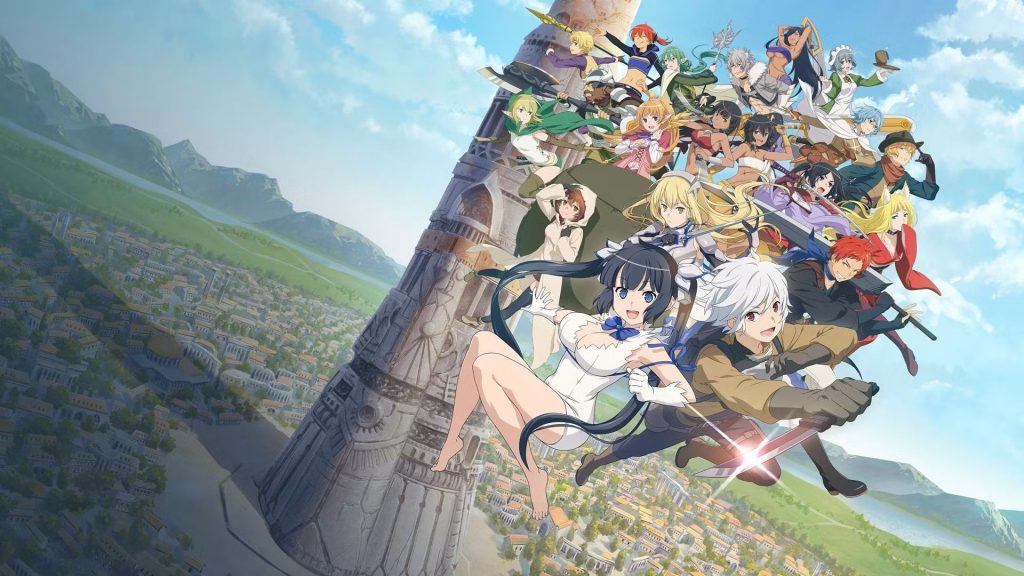
While new women constantly throw themselves at Bell, and characters like Freya and Hestia provide ample fanservice, viewers who persevere discover a gripping, action-packed fantasy story. Ultimately, the great narrative makes a recommendation worthwhile, but one must overcome the inherent embarrassment of saying the show’s full title out loud.
- Key Features/Benefits:
- Excellent fantasy action and compelling dungeon exploration.
- Strong, emotionally satisfying character growth for Bell Cranel.
- Detailed world-building centered around “Familias.”
You may also like:
- 10 Best Anime for Beginners: The Perfect Shows to Start With
- 10 Chinese Anime So Good They Could Give Japan a Run for Its Money
- Top 10 Non-Horror Anime to Watch This Fall (Cozy & Feel-Good Picks!)
6. Fairy Tail Features Fanservice For The Entire Audience
Fairy Tail was a hugely popular second-tier shonen anime in the late 2000s. It’s packed with thrilling fight scenes and stands out for giving significant development to nearly its entire massive cast, including strong female characters—a rarity in many battle shonen series. Furthermore, its handling of romantic relationships is arguably better than almost any other battle shonen, save perhaps for Dandadan.
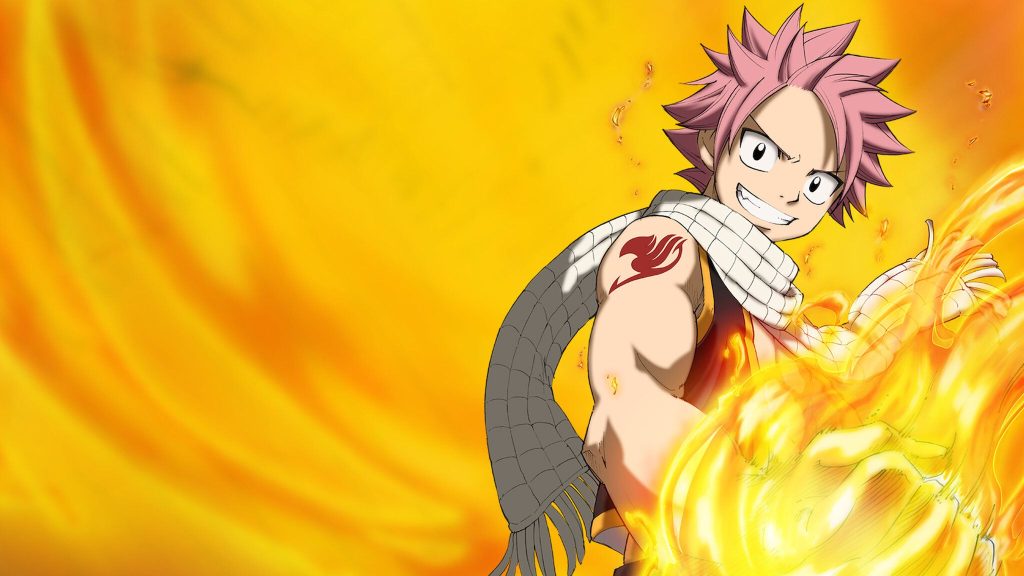
Despite its many merits, Fairy Tail was always notoriously “horny.” Never mind the main character whose recurring gag involves stripping naked in any situation; almost every single major battle concludes with characters, both male and female, losing the majority of their clothes. By later installments, the frequency of this fanservice feels less like a comedic trope and more like an integral, and awkward, selling point.
- Key Features/Benefits:
- Exciting magical combat and engaging guild dynamic.
- Large, well-developed cast of characters.
- Above-average handling of relationship building within the shonen framework.
7. KonoSuba Pokes Fun At Fanservice But Still Has A Lot Of It
KonoSuba: God’s Blessing on this Wonderful World is a series that gets funnier the more anime experience a viewer has. As one of the best isekai comedies of the 2010s, it focuses on a dysfunctional party of adventurers who survive more through sheer luck and comedic timing than actual skill. After his embarrassing death, protagonist Kazuma manages to trick the goddess who sends him to another world into coming along, leaving them stuck together until they can defeat the Demon Lord.
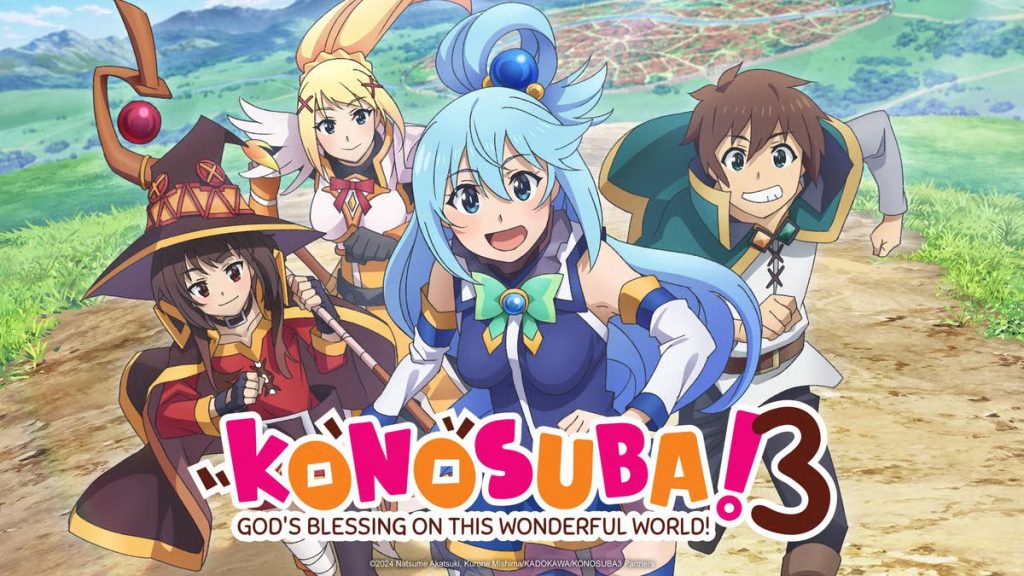
While the series parodies many tropes, it’s unapologetic about its own crude humor. Kazuma is a straight-up pervert whose primary magical ability, “Steal,” is mostly used to steal women’s panties, often when he is aiming for something else. The party’s tank, Darkness, is an extreme masochist who constantly yearns to be ravaged. This aggressive level of raunchiness can be too much for newcomers, instantly turning the recommender into the neighborhood weirdo.
- Key Features/Benefits:
- Hilarious, well-written character dynamics and comedy.
- Subversive deconstruction of isekai tropes.
- Unique and memorable voice acting performances.
8. Fire Force‘s Weirdness Comes Down To A Single Character
From the creator of Soul Eater, Fire Force had the potential to be a massive shonen hit. Beautifully animated by David Production, it presents a compelling, dark fantasy world where Special Fire Companies combat humans who spontaneously combust into flaming monsters. The series features excellent action and some of the most iconic character designs of the decade.
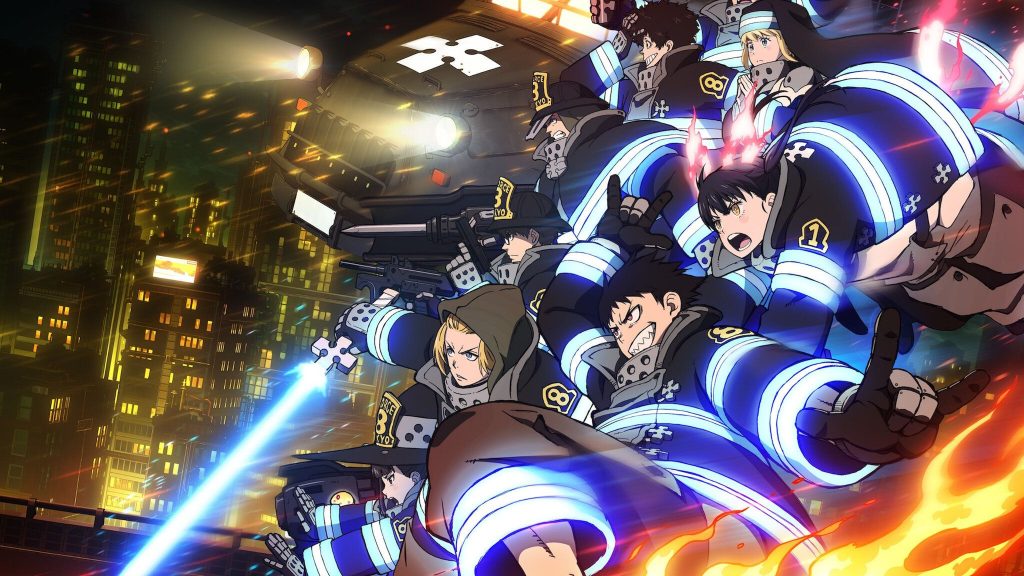
The problem, however, is that while the show keeps its fanservice largely minimal, nearly all of it is centered around one character: Tamaki. Her “Lucky Lecher” power causes her clothes to be stripped off in inappropriate situations with uncomfortable frequency. Centralizing all the quirky, highly sexualized fan service moments around a single teenage girl can make this otherwise excellent series incredibly awkward to recommend.
- Key Features/Benefits:
- Gorgeous, dynamic animation quality and fight choreography.
- Intriguing premise and dark fantasy world-building.
- Great main character in Shinra Kusakabe.
9. Gushing Over Magical Girls’ Controversial Elements Will Be Off-Putting To Most
The premise of Gushing Over Magical Girls is clever: a girl who desperately wants to become a magical girl instead gains the power to become a Dark Magical Girl, turning her into the enemy of her idols. It features tense fight scenes and decent character development, making it a promising watch for fans of the magical girl genre.
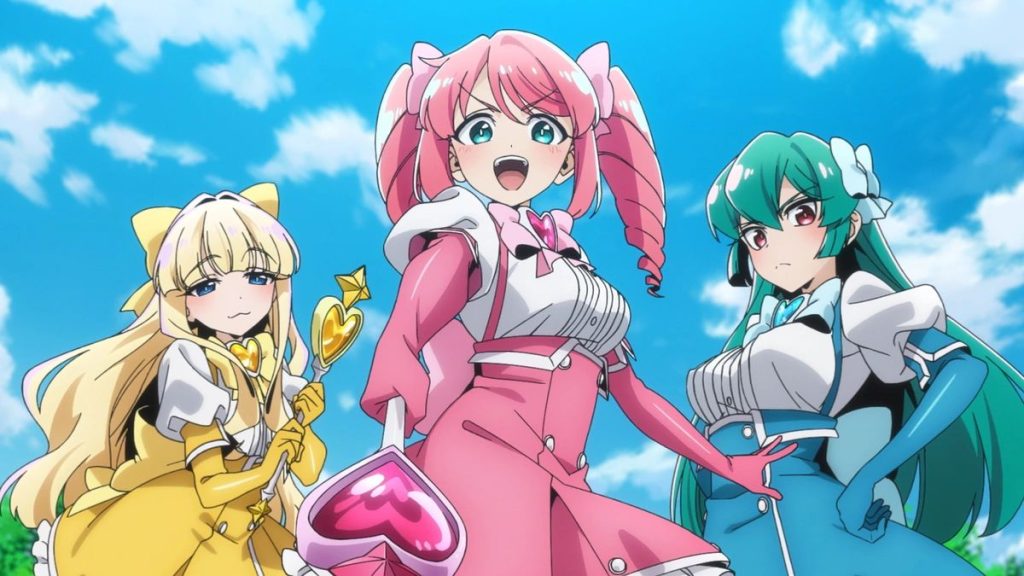
However, the sheer controversy surrounding the series makes anyone who mentions watching it seem immediately suspicious. The series, which features a cast of teens, is aggressively stuffed with uncomfortable ecchi and bondage elements that are constantly used for titillation. It rarely backs down from its most problematic aspects, making this show nearly impossible to recommend to anyone not already familiar with its source material.
- Key Features/Benefits:
- Unique, dark inversion of the traditional magical girl trope.
- Good character design and transformation sequences.
- Intense psychological and physical battles.
10. Dandadan Gets A Little Too Comfortable With Its Weird Side
Dandadan is easily one of the best new generation shonen anime, focusing on high schoolers Okarun and Momo, who discover they are targets for both aliens and supernatural creatures. The writing is superb from the outset, balancing Momo and Okarun’s endearing relationship with heartbreaking antagonist backstories.

Despite its brilliance, Dandadan gets weird—and not just occasionally. Many viewers won’t make it past the first episode due to how it incorporates themes related to sexual assault into its storyline, an element that is integrated into the core plot and becomes a recurring joke. While the audience eventually gets used to this deeply unsettling aspect, the brilliance of the show must be weighed against this major ethical hurdle. The potential for a recommendation to backfire is immense.
In conclusion, the world of anime is vast and filled with brilliant, creative, and moving stories. However, that depth also includes mature, controversial, or extremely fanservice-heavy content. The true test of a veteran anime fan lies not just in recognizing quality, but in knowing the audience well enough to judge which titles, like 10 Great Anime You Can’t Recommend Without Looking Like a Creep, are worth the risk of being misunderstood. These series prove that high quality doesn’t always equal high recommendability, especially when trying to maintain your social standing!




